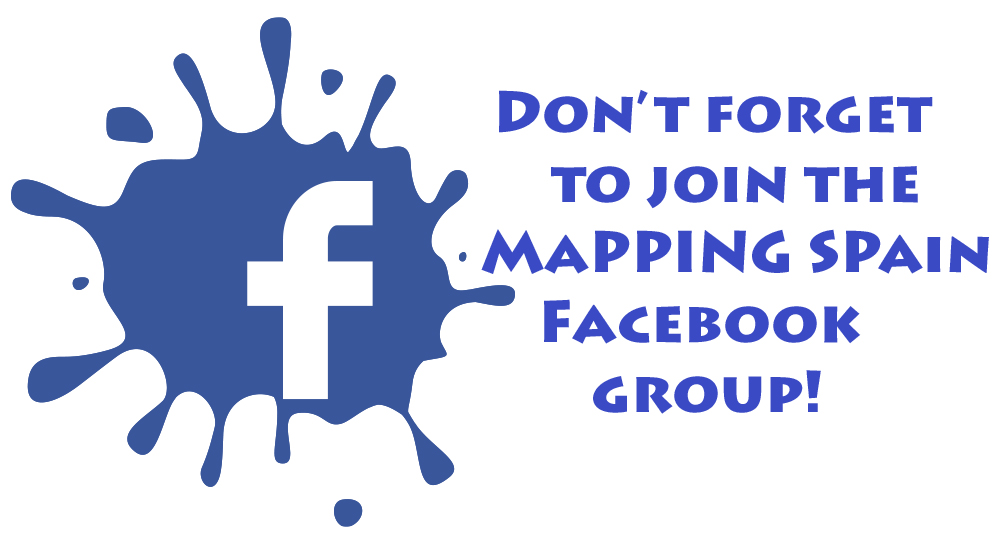
Spanish Christmas – What is a Roscón?
Sure, the Spanish celebrate Christmas on December 25th. But December 25th is not the main event – the main even for the Spanish is January 6th, the day of the Epiphany (also known as Day of the Kings). On this day Spanish boys and girls get their gifts, not from Santa Claus but from the Three Wise men (los Tres Reyes Magos). January 6th also means something else – the Roscón de Reyes.

The Roscón de Reyes (translated as the Kings’ Cake) is a Spanish tradition on the day of the Epiphany. It is a donut-shaped cake (plain and a bit dry) which is cut in half and stuffed with filling -usually cream (nata) but you can also find chocolate whipped cream, meringue, or custard cream. The cake is topped with candied fruit. Hidden inside the cake are two objects: a fava bean and a toy of some kind. If you find the toy it means your going to have luck for the whole year (unless you’ve broken a tooth biting into that toy). If you find the bean it means you have to pay for next years’ cake.

The History of the Roscón
The Roscón actually pre-dates Catholicism in Spain. The ancient Romans celebrated Saturnalia (the winter solstice festival) with a round cake containing different fruits like figs and dates. In the 3rd century they started baking a bean into the cake and at that time getting the bean was good luck and meant you’d be treated like royalty for the rest of the day.
When Christianity spread in Spain and the rest of the Roman empire, the cake became associated with el día de los Reyes Magos (or Three Kings Day) which fell on January 6th.
But it was in the mid-1700’s that the cake really became popular. It started with King Philip V making the Roscón a traditional holiday snack among the monarchy. After that, eating the cake became commonplace and now Roscón is something that almost everyone eats on Epiphany day in Spain. The custom even extends to Spain’s colonial territories.


Our experience eating a Roscón
Being just two, we bought a smaller Roscón at the local Panaderia (bakery). This being our 1st experience with Epiphany in Spain, we were surprised by all the cakes in the store. There was Roscón everywhere. There were big ones, small ones like the one we bought, even “mini” ones the size of a large donut. And they came in all different toppings. The whole Panaderia was stacked with Roscón.
The next day we ate our Roscón. I have to admit we didn’t really like the taste of the nata (cream) filled cake – it tasted like butter and neither of us are fans of butter. We scooped out most of the filling. Lissette found the good luck toy (which was a dog) and I got the bean – which means when I buy the cake next year I’ll be buying a Roscón with a different kind of filling. Custard is my goal.
Have you ever eaten a Roscón?
Related: Restaurant laws in Spain (and what you can’t be charged for!)

Related: 5 Great value Red wines you can find at Mercadona


Ah, the Roscon de los Reyes! We bought one very time we spent christmas season in Spain! I always get the bean – while Isa gets the Lucky charm. We never tried one with a filling though….always bought the plain ones.
Wonderful article!!
Thank you 🙂